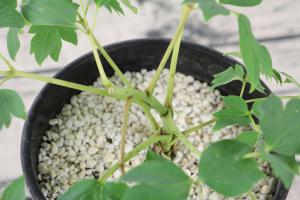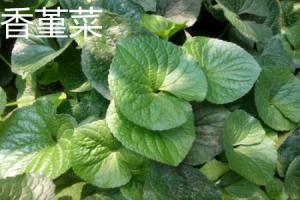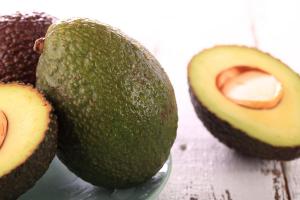Should I Prune a Tomato Plant?
Tomato plants are a popular choice for gardeners and home growers because of their juicy and delicious fruit. However, many growers struggle with whether or not to prune their tomato plants. Pruning involves removing certain parts of the plant to direct its growth and maximize its yield. In this article, we will explore the benefits and drawbacks of pruning tomato plants and provide tips for when and how to do it.
Benefits of Pruning Tomato Plants
Pruning tomato plants can have several benefits, including higher yields, better fruit quality, and improved plant health. By removing excess foliage, the plant can divert more energy to the production of fruit. This can result in larger, healthier tomatoes. Pruning also helps maintain a more open and well-aerated plant canopy, reducing the risk of fungal diseases such as blight. Additionally, pruning can help control the size and shape of the plant, making it easier to manage and harvest.
Drawbacks of Pruning Tomato Plants
While there are many benefits to pruning tomato plants, there are also some drawbacks to consider. Over-pruning can lead to reduced yields and slower growth. Removing too much foliage can leave the plant vulnerable to sunscald, which can damage the fruit. Additionally, pruning can be time-consuming and labor-intensive, especially for larger plants. Finally, pruning may not be necessary for all tomato varieties, so it is important to research your specific plant before deciding to prune.
When to Prune Tomato Plants
The best time to prune tomato plants is when they are still young and small. This allows you to shape the plant and remove unwanted growth before it becomes too established. Pruning should be done regularly throughout the growing season, starting when the plant is about six weeks old. Look for suckers – small branches that grow in the crotch between the stem and a larger branch – and remove them with a clean, sharp pair of pruning shears. Alternatively, you can pinch them off with your fingers. Be sure to sterilize your pruning tools between uses to prevent the spread of disease.
How to Prune Tomato Plants
When pruning tomato plants, it is important to focus on removing the right parts of the plant. The goal is to maintain a healthy and well-balanced canopy of foliage and fruit. Start by removing the suckers that grow between the main stem and larger branches. These can eventually become new branches, but they divert energy away from the main stem and may reduce yield. Next, remove any yellow, diseased, or damaged leaves. These can attract pests and disease and reduce the plant's overall health. Finally, remove any leaves or branches that are touching the ground, as they can also attract pests and disease.
Conclusion
Pruning tomato plants can be a valuable practice for home growers who want to improve their plant's yield, fruit quality, and overall health. However, it is important to weigh the benefits and drawbacks before deciding to prune. If you do choose to prune, start when the plant is young and small and be sure to remove the right parts of the plant. Remember to sterilize your pruning tools to prevent the spread of disease. With the right approach, pruning can help you grow healthy, robust tomato plants and a bountiful harvest of delicious fruit.

 how many times do yo...
how many times do yo... how many planted tre...
how many planted tre... how many pine trees ...
how many pine trees ... how many pecan trees...
how many pecan trees... how many plants comp...
how many plants comp... how many plants can ...
how many plants can ... how many plants and ...
how many plants and ... how many pepper plan...
how many pepper plan...






























